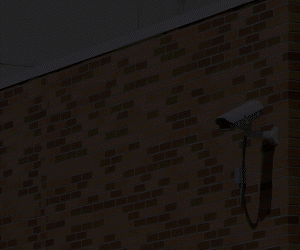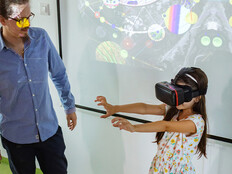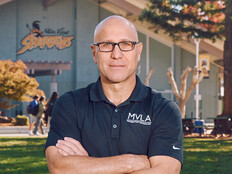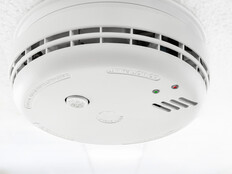After reviewing its options and obtaining adequate funding — most recently, a federal grant through the School Violence Prevention Program — MPUSD began overhauling its physical security platform with an eye to the cloud. It started by changing up its network infrastructure and deploying Cisco Meraki MV smart cameras and cloud-based surveillance.
“We wanted to partner with solution providers that could help us grow in the security space without putting too many more resources in our data center,” Zamudio says. And because the most effective first responders are often those who work in schools daily, a cloud-based security solution meant local administrators could exercise a measure of control over their own security by accessing the system from their desks.
“The principals especially like it because staff can’t be everywhere all the time,” says Zamudio. “For them, it’s nice to have visibility into an incident and identify exactly what’s happening.”
DIG DEEPER: The COPS SVPP Grant for funding school safety.
Why a Holistic Approach to School Security Is Necessary
Increasingly, school districts are turning to cloud-based solutions to better manage their physical security and create a more pervasive security posture. “Who is the first responder in a school?” asks Chuck Wilson, board chair of the Partner Alliance for Safer Schools. “With today’s technology, we can empower faculty — and in some cases, students — to be that first response.”
PASS, whose leadership includes executives from Safe and Sound Schools, the National Systems Contractors Association and the Security Industry Association, publishes comprehensive, annual guidelines that cover everything from visitor management to video surveillance.
“Emerging platforms — digital cameras, analytics and intelligence at the edge — give schools so much more information they can use to prevent security incidents, not just for forensics after something’s happened,” Wilson says. “Digital technology is one of the most significant advancements in school safety. More and more, artificial intelligence and other advances will better enable schools to monitor situations.”













